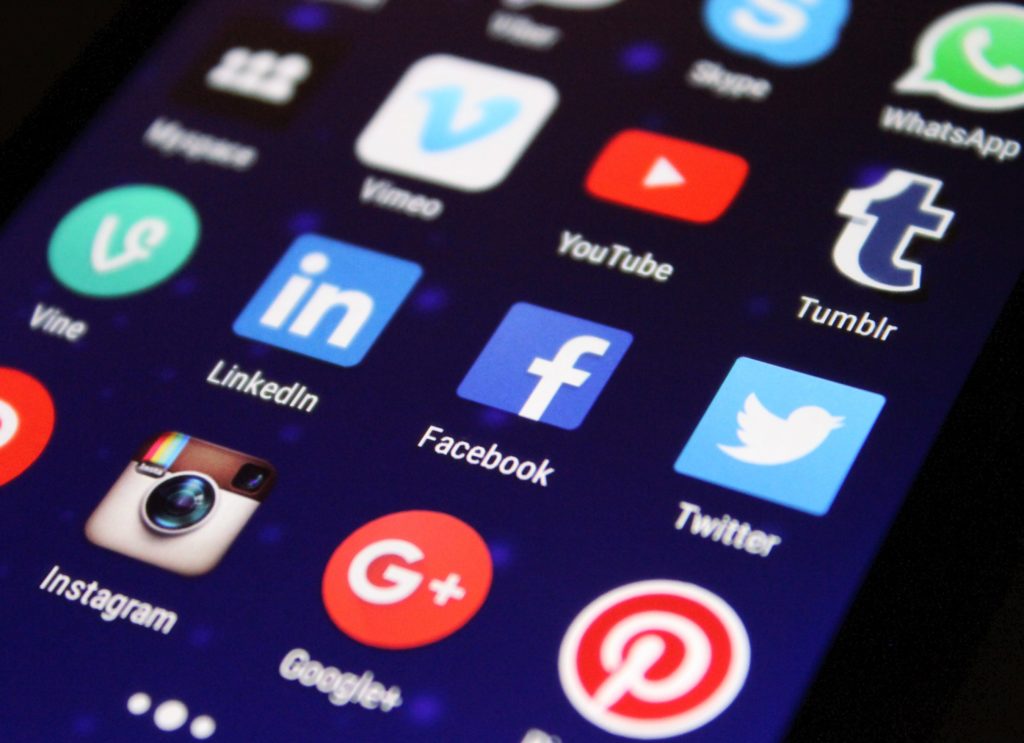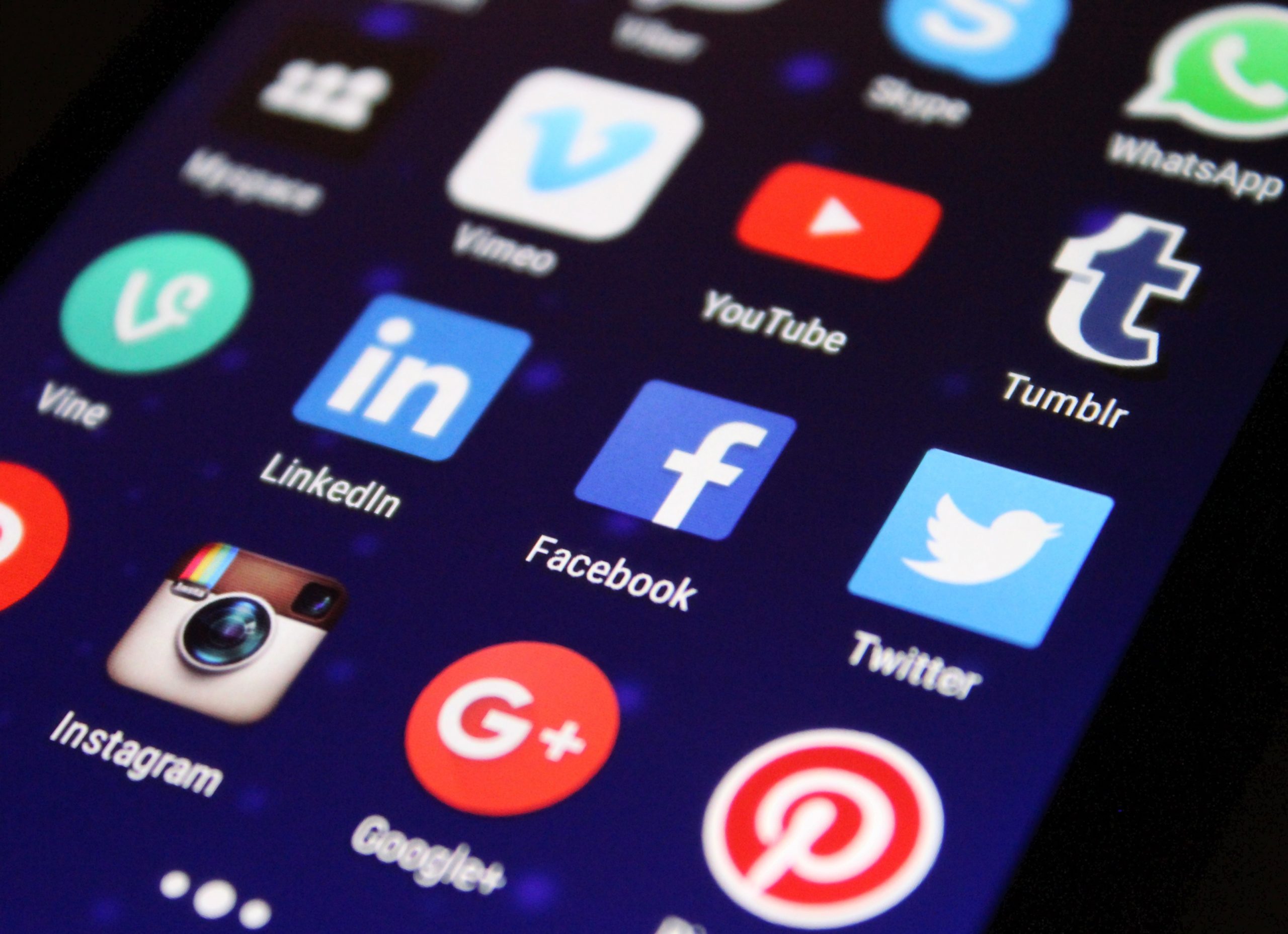This post is coming quite late, as I’ve had some time to think over the implications of what Jesse Miller talked about in his presentation for us a couple weeks back. He raised many interesting and concerning ideas about the tricky balancing act that’s required to use social media as a teacher in the 21st Century, especially since your students will be using many of the same apps.

Photo by Pixabay from Pexels
First of all, it’s easier than some teachers might think to share a student’s private information on a social media post. Jesse showed us a few examples of teachers who, without intending any harm, had shared images of student work on Instagram without hiding the student’s identity. This, it turns out, is a big NO-NO. Even worse, one teacher had taken an actual photo of a student and uploaded it to her Snapchat with an insulting caption about the student’s appearance. It seems all it takes is a momentary lapse in judgment to make a major career gaffe.
However, it’s often more complicated than just avoiding social media altogether. Will the school you work for as a teacher expect you to maintain some kind of professional online presence? Quite possibly. Will you have to delete those Instagram and Facebook accounts with your life’s story on them? Not necessarily, but you should consider upping your privacy settings since your students WILL be searching for you online.
Another major take-home point from Jesse’s presentation was that you don’t need to be petrified of using social media, such as Twitter, in the classroom, but you do need to educate yourself on the standards of FIPPA, as well as gauge your particular school’s online professional standards. As well, do NOT assume you have consent from all of your students to use a photo of your class and share it on social media. You must get formal consent from each and every student if you plan to use a photo of them online. There are many other considerations, but for now, I’ll leave it at that.

Leave a Reply
You must be logged in to post a comment.